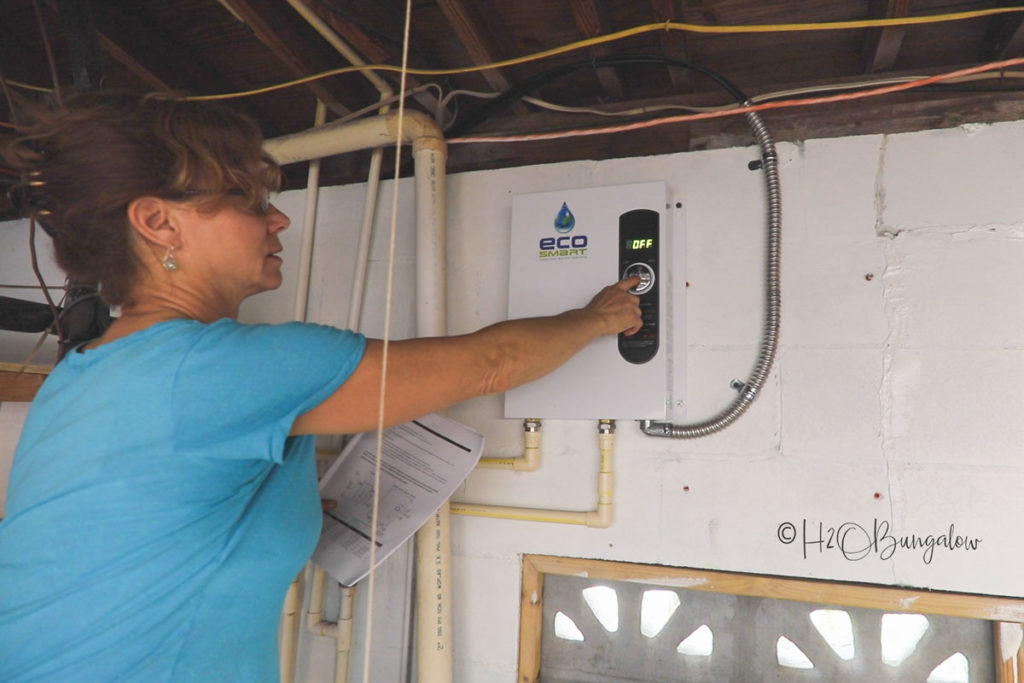Neighborhood and trusted water heater installation in Buena Park – guaranteed service
Neighborhood and trusted water heater installation in Buena Park – guaranteed service
Blog Article
Do It Yourself Hot Water Heater Setup: Essential Actions for Success
When taking into consideration a DIY water heating system installment, it is necessary to approach the task with a systematic way of thinking, as the procedure entails a number of essential steps that can dramatically impact both security and efficiency. Selecting the ideal water heating unit for your specific needs is just the start; preparing the installation location and recognizing the necessary tools and materials are similarly essential. As we discover the systematic technique to setup, it emerges that overlooking any kind of information could lead to issues down the line. Are you prepared to navigate the details of this home improvement project?
Choosing the Right Water Heating System
When selecting a water heating unit, it is vital to consider several essential factors to make sure optimum efficiency and effectiveness - water heater installation Buena Park. Firstly, assess the type of water heater that ideal suits your demands. Alternatives include tankless, tank, and warm pump water heating units, each offering unique benefits in terms of power effectiveness and space needs
Following, analyze the capability required for your family. A bigger household might require a system with a better gallon capacity or a tankless system that can give continual hot water. It's additionally important to think about the power source; typical options consist of electrical, gas, and gas. Each power kind has effects for installation costs and lasting energy expenditures.
Power performance is another important factor. Search for devices with a high Energy Factor (EF) score, as these models consume much less power and can considerably decrease energy bills. In addition, check for warranties and brand dependability, as these can indicate the long life and upkeep requirements of the device. By thoroughly examining these elements, you can select a water heater that straightens with your home's certain requirements, guaranteeing comfort and effectiveness for years ahead.
Tools and Products Needed
Successfully setting up a water heater needs not only the appropriate selection of system yet also the proper tools and products. Prior to getting started on your DIY project, ensure you have a comprehensive list of products to help with a smooth installment procedure.
Necessary devices include a pipe wrench, adjustable pliers, and a screwdriver collection (both flathead and Phillips), which will aid you handle various fittings and connections. In addition, a drill with proper little bits is needed for installing brackets or making any called for openings. For safety, a voltage tester is vital, specifically when managing electric hot water heater.
When it comes to materials, obtain Teflon tape to make certain leak-proof links on threaded installations. You will certainly additionally need a flexible water system line, which can be either knotted stainless steel or PVC, depending on your preferences and neighborhood codes. Don't neglect to stock up on fittings, such as combinings and joints, to attach the plumbing firmly. Lastly, a pan or drip tray can help take care of any kind of prospective leakages, giving an added layer of security. By collecting these products and tools Your Domain Name beforehand, you established the stage for a successful water heating unit setup.
Planning For Setup
Prior to starting the installment of your water heater, it is critical to assess the installment website to ensure it fulfills all needed needs. Begin by confirming that the location is well-ventilated, particularly for gas water heaters, to stop the accumulation of dangerous gases. Look for the availability of necessary connections, including water lines and electric outlets, guaranteeing they are in great problem and properly located.

This aggressive strategy not only makes certain compliance with neighborhood structure codes however additionally enhances the long life and performance of the water heater. right here Appropriate prep work sets the stage for a smooth setup process and helps avoid unexpected concerns.
Step-by-Step Installment Process
With the prep work complete and all needed analyses performed, the following phase involves the step-by-step installment of your water heater. For tank-type water heating units, connect the chilly water supply line to the inlet, usually marked in blue, and the warm water line to the outlet, typically designated in red.
Next, secure the temperature and stress relief shutoff, which is crucial for safety and security. Affix the discharge pipeline to this valve, guiding it in the direction of the flooring or a suitable drain area. For electrical models, connect the power supply by removing the cords and protecting them to the heating system's terminals according to the maker's instructions.
If you are installing a gas water heater, guarantee the gas line is attached appropriately and look for leaks utilizing a soap remedy. Connections are made, load the tank with water before transforming on the power or gas supply. Permit the water heating system to reach the wanted temperature level and check for any kind of leakages around all links.
Ensuring Security and Efficiency
Regularly ensuring security and performance throughout the installment and operation of your hot water heater is essential for optimal performance and longevity. Begin by picking an ideal place that adheres to neighborhood structure codes and gives appropriate ventilation. Guarantee that the area is free from flammable products and has enough space for maintenance and examinations.

After setup, conduct routine checks on the system to discover leaks, corrosion, or uncommon noises. Establish the thermostat to a secure temperature level, normally around 120 ° F, to stop scalding and improve energy effectiveness. Protect pipes to reduce heat loss, which adds to decrease energy bills.
Final Thought
Finally, effective DIY water heating system installation depends upon mindful planning and implementation. Selecting the proper water heater, preparing the installment location, and complying with an organized setup process are critical actions. Following safety and security guidelines throughout the installment ensures both safety and security and effectiveness. In addition, regular upkeep checks post-installation will add to the ideal performance of the hot water heater, ultimately improving the durability and effectiveness of the system. Appropriately establishing the thermostat better makes sure secure operation.
When thinking about a Do it yourself water heater setup, it is essential to come close to the job with a systematic mindset, as the process involves several essential steps that can dramatically affect both safety and performance.Before beginning the installment of your water heater, it is essential to analyze the installment website to guarantee it fulfills all necessary needs. For tank-type water heating units, link the chilly water supply line to the inlet, normally marked in blue, and the warm water line to the outlet, generally designated in red.Frequently making sure safety and security and efficiency during the setup and procedure of your water heating unit is important for optimal efficiency and durability. Picking the appropriate water heater, preparing the installment area, and adhering to a systematic installation procedure are essential actions.
Report this page